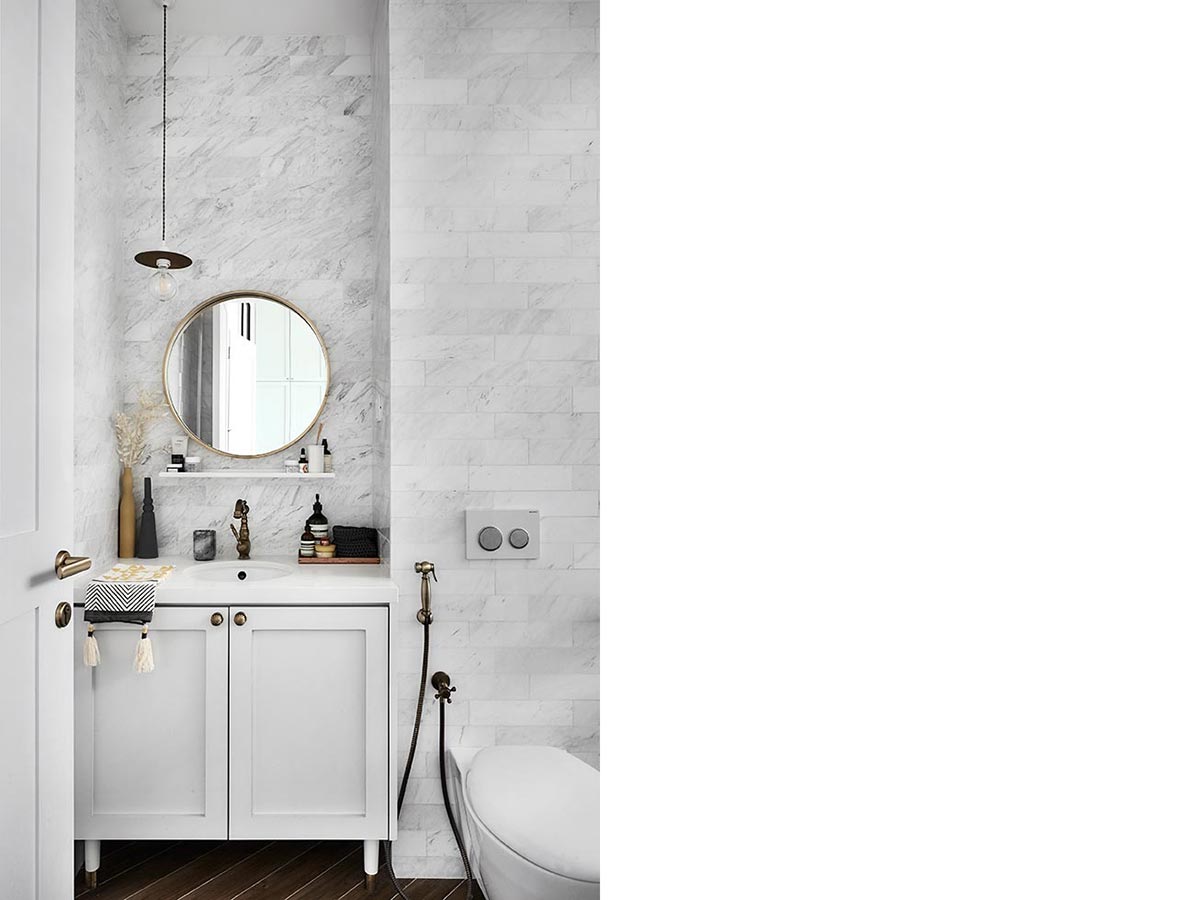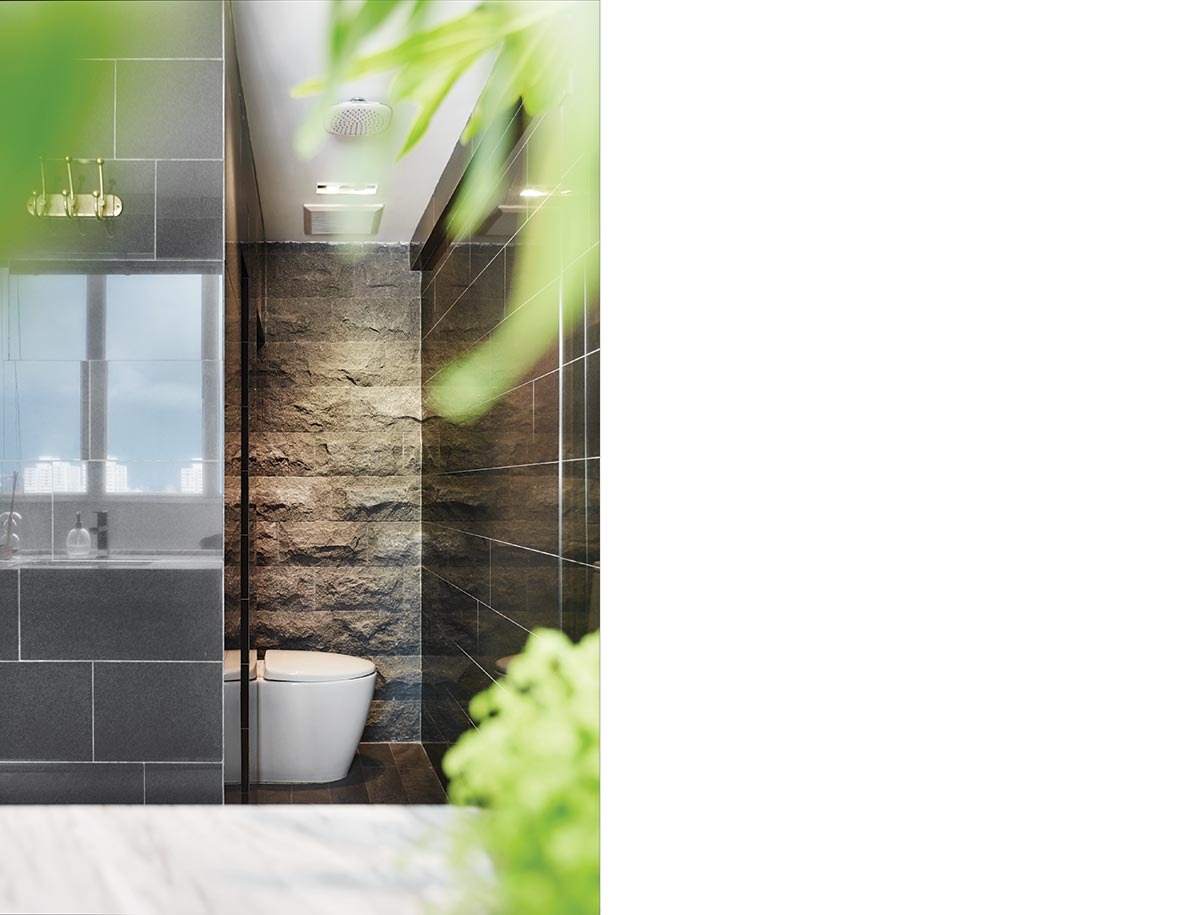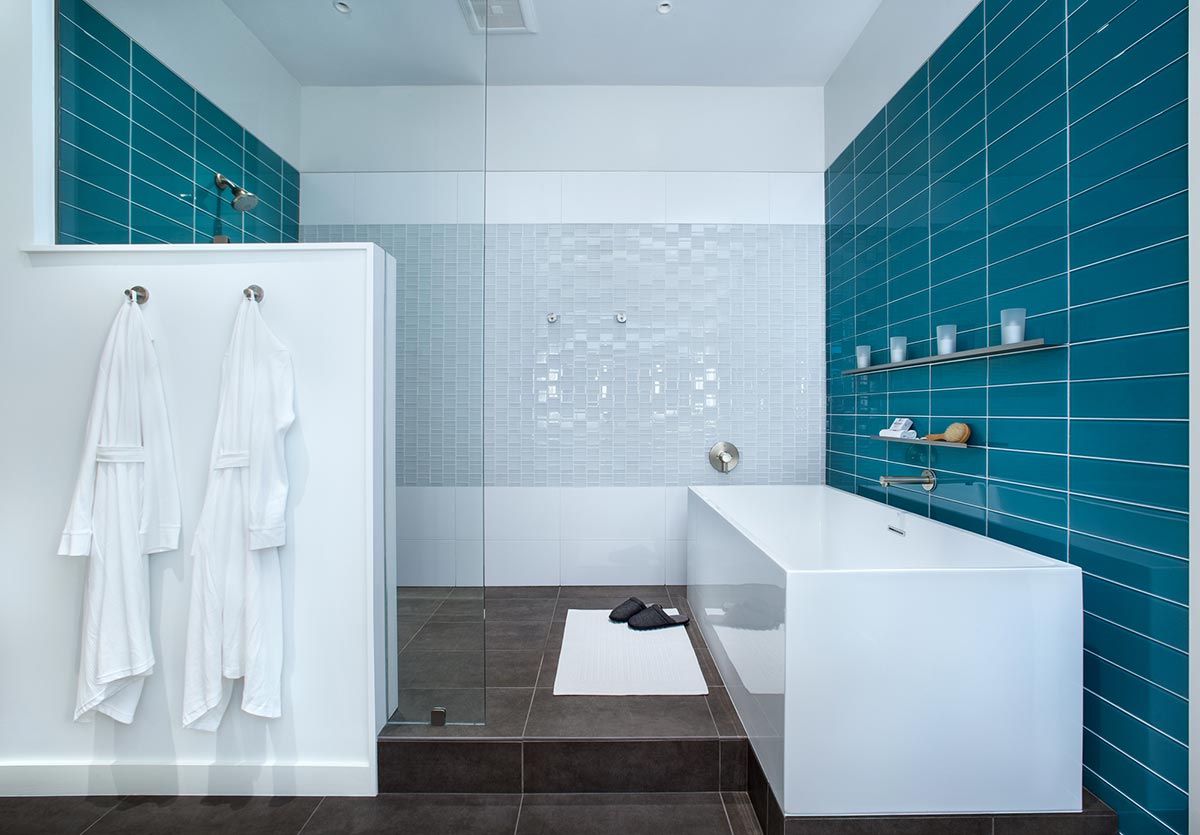Tiles have an advantage over other types of surface materials because they last long and boast easy maintenance. But however easy it may seem to maintain, it can be quite difficult to get your tiles looking as good as new. Fret not though, for here are some guidelines on how to remove stains from your tiles and keep them sparkling.
Ceramic tiles
As they typically come glazed, ceramic tiles have a protective sheen over them and as such, they require relatively little maintenance. Sweeping or vacuuming, followed by mopping with a soft cloth that’s soaked in a mix of mild detergent and warm water is sufficient to keep them from getting dull. And if your current ceramic tiles have already become murky due to irregular cleaning in the past, vinegar or fresh lemon juice mixed with warm water is a great cleaning agent to use.

Image credit: Dan’s Workshop
Marble tiles
Being a porous material, marble tiles require special care as it is more prone to stains and scratches than its counterparts. As such, a non-abrasive dishwashing liquid with a neutral pH mixed with warm water is the best option for cleaning such tiles. Apply just enough of the solution to make the tiles damp and then mop it up – you should never allow puddles of water to sit as staining may occur. Lastly, do take special care with acidic substances like vinegar and lemon juice, for they can cause etching – permanent markings that look like dull spots and rings – to occur. Be sure to clean up any spills and splatters with a clean towel immediately.

Image credit: Wong Weiliang
Slate tiles
Although a highly durable material, being a natural stone, slate is porous and can be easily scratched.They are also prone to etching, so cleaners containing acidic substances should be avoided as it will eat right into the tile. While specialised stone-cleaning detergents are preferred, you could also mop the surface with a mix of warm water and mild dishwashing liquid. For stains, mix equal parts water and hydrogen peroxide in a spray bottle and spray onto stains. Let sit for five minutes then scrub lightly with a soft bristled brush.

Image credit: Bowerman Space Interior
Glass tiles
As non-porous as materials come, glass tiles are highly resistant to staining, bacteria, mildew and mould. However, their shiny surfaces make them prone to showing fingerprints, soap scum and water stains more easily. Counter this by wiping down these surfaces with a regular window cleaner. For tougher stains, In the case of problem stains, pour vinegar and sprinkle baking soda over the problem areas, wait for bubbles to form, then wash and wipe dry. One thing to note is that before mopping, you should always sweep the surface down as mopping with debris can cause scratches on glass tiles.

Image credit: CG&S Design-Build
Bonus: Don’t forget the grout
As grout is what seals tiles together, cleaning tiles wouldn’t be complete without cleaning the grout. As grout is porous and prone to stains and mould, it is important to ensure that they are properly sealed during the tile laying stage. Then, depending on how quickly it gets dirty, cleaning can range from scrubbing gently with a toothbrush dipped in soapy water; or applying a paste of baking soda and water over the more encrusted stains and scrubbing it with a nylon brush.



